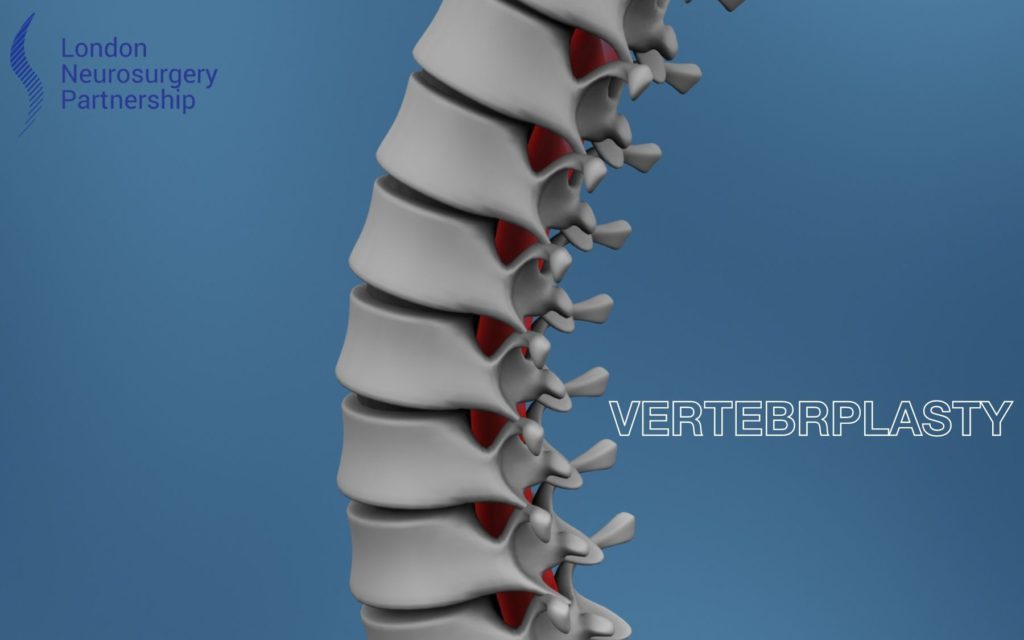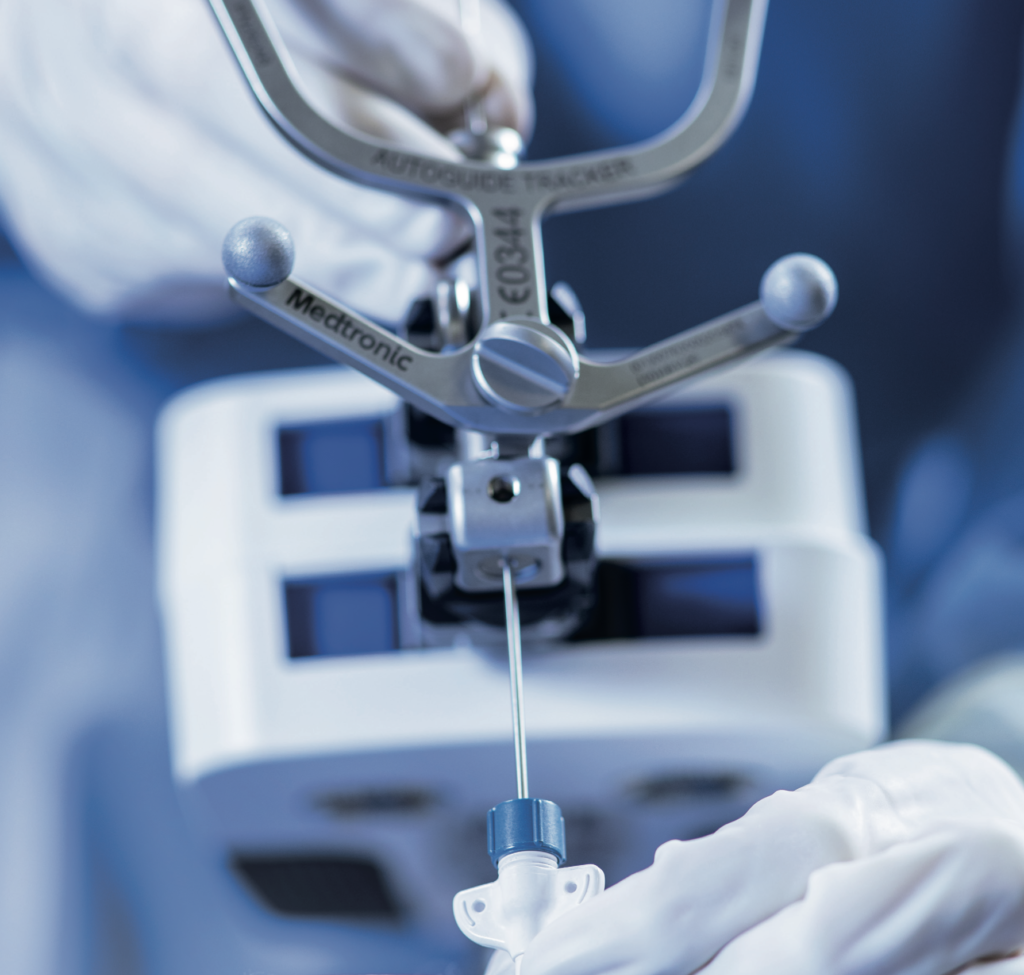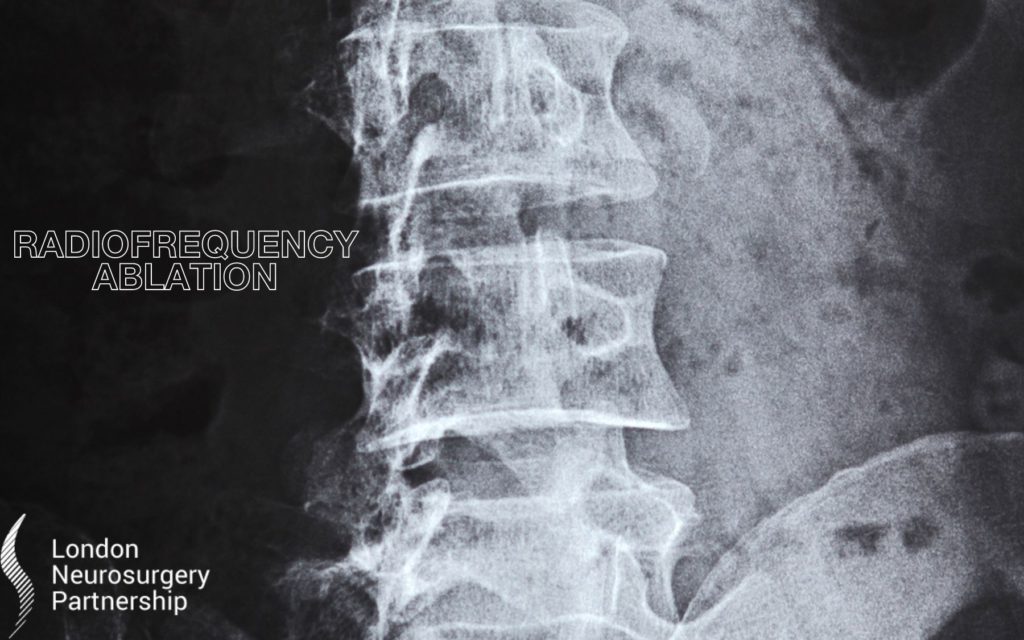
Vertebroplasty is used to relieve the pain caused by compression fractures of the spine, which can be caused by osteoporosis, multiple myeloma or less commonly, cancer and trauma. A vertebroplasty involves injecting a substance called ‘bone cement’ into the vertebral body which can reinforce the weakened vertebral body and prevent further vertebral collapse.
Benefits
Because the pain of a vertebral fracture is helped by vertebroplasty, patients feel significant relief within hours or days after the procedure. Within days or weeks, two-thirds of patients are able to lower or cease their doses of pain medication significantly. Many patients become symptom-free which allows them to become more active, and this helps to combat osteoporosis. The increased activity builds more muscle strength, further encouraging mobility.

How is the procedure carried out?
The procedure is either carried out under local anaesthetic which numbs the area or under general anaesthetic which means you will be asleep. Using X-ray guidance, a hollow needle is introduced into the vertebral body through the skin of the back. Once the tip of the needle is positioned correctly within the affected vertebral body, the liquid cement is injected. The cement hardens inside the fractured vertebral body within a few minutes.
What happens after surgery?
Immediately after the procedure you will be taken into recovery and monitored closely. You may need to lie flat for several hours. You are likely to have some discomfort in the area of the wounds, painkillers can be provided if necessary. Any cuts should heal within one week and you will need to keep the area dry until then. You may have an appointment with the physiotherapist to work on movement in your back.
If you are allowed home on the same day it is advised to have someone to stay with you at least overnight and until the effects of the sedation have worn off. Your consultant will advise you when you can get back to your normal routine, including work and exercise.
Risks
A vertebroplasty is a safe procedure and serious complications are rare. Small risks vary depending on where in the body the vertebroplasty is performed. Despite these small risks your consultant has decided to refer you for this procedure. This is because they feel that the benefits of having the vertebroplasty outweigh the risks of having it done. The potential risks include the following;
- Bleeding or haematoma (a bruise under the skin) around the injection site
- Infection of the skin or deeper tissue is rare
- Allergic reaction to the drugs or cement used
- Leakage of the cement which might compress the spinal cord or block a blood vessel to the lungs
- Rib fractures
- Discomfort or mild pain in the area where the vertebroplasty is performed
This article is intended to inform and give insight but not treat, diagnose or replace the advice of a doctor. Always seek medical advice with any questions regarding a medical condition.





0 Comments